|
Bernard Safran was a well-known artist who was part of the High School of Music and Art's first graduating class. He's best known for his realistic Time Magazine portraits and scenes from life in New York and Canada. Bernard Safran was born on June 3, 1924, in Bensonhurst, Brooklyn, NY. His parents were Russian Jewish immigrants. His childhood memories were full of colorful surroundings (gangsters, pushcarts, fighting boys, and five-cent matinees) and left him with an appreciation for the working people's everyday lives.
This exercise inspired Safran toward a life-long fascination in the human condition, and while in high school, Safran decided that he wanted to be an illustrator. Safran graduated Music and Art in the Spring with the class in 1940. Safran stated about his time at Music and Art: "My years at HSMA were among my happiest … What I learned there gave me a sound basis for my future work. In addition, I received a love of good music, which I am grateful for." ** Safran began his time at Pratt Institute Art School in 1940 to study illustration. Two important events occurred while there: Safran met his future wife Adele, who was also an artist and he became inspired by the works of Henri-de Toulouse-Lautrec. Safran saw him as a fantastic colorist whose lively depictions of people were not sugar-coated but were unapologetically honest. Before Safran could finish his studies at Pratt, Safran received notification in December 1942 that the military drafted him into the US Armed Forces. And in the Spring of 1943, he was called up for service and went into basic training. Safran spent the next three years (1943 to 1945) in the military. He served in the US Army Corps of Engineers in China, Burma, and India. At the end of the War (1945), Safran returned to Pratt for six months. He found going to school less than exciting, and though he could have continued further study, he decided to try to be a freelance illustrator. After graduating, he began work as a commercial illustrator, freelancing as a book-jacket illustrator for mystery and western novels. Safran found ways to cut costs because hiring models could be more expensive than the actual book cover job price. He learned discipline in getting jobs done expertly and efficiently. It became more economical to use his wife Adele, himself, friends, and relatives for models. Adele was also working in the field (as an artist), but she decided that he could concentrate on illustration if she became his agent. She went out each day to do the rounds of New York City's many publishing houses -- arranging for assignments, dropping off completed artwork, and collecting payments. She did this until the birth of their first child in 1955. Examples of Safran's illustrations During the mid-1950s, although Safran was regularly working, the pay was less than adequate, and the work was unsatisfying. Safran decided to pursue a career as a fine artist. During 1956, Safran took off work for six months to study the Metropolitan Museum of Art's masterpieces in New York City. His objective was to reconstitute the works of the masters (Rubens, Velasquez, Rembrandt, and Holbein). About this, Safran stated: "I found that aside from learning the methods of the painters, the proximity with the greats helped me immeasurably in every way. It improved my taste, improved my drawing and conception of form, and the way that I used color." * During 1957, Safran noticed that Time Magazine was occasionally using fine artists on their covers. He painted a portrait with a non-objective background using his newly found knowledge. Safran submitted his work to Time Magazine, and they accepted it. Over the next few years, Safran produced 58 inspiring portraits, which shined on the covers of the magazine (Safran also created 15 more portraits, which were not used). By 1965, Safran had been working for Time Magazine for almost nine years. He decided to try to be a painter full time. He was 41 years old and felt it was rather late to start, but knew that he never would if he didn't do it. Safran had learned as an illustrator how to use photographs as reference material. It later became a point of contention with those who felt working from photos in a realist manner reduced the quality of his art to illustration - for this, he thought he had to explain: "Anyone can take a photograph and copy it, but it doesn't make him an artist. It is a tool and a convenience and he (the artist) uses it. To use a photograph properly is something that must be learned after the artist has learned his business and not before. This means that the artist has to be able to see in the photograph what he would see in a model. Without going into a discussion on how to draw the figure, it simply is a realization of how the edges turn, where the planes are, and how the figure articulates." From the thousands of photographic images, Safran culled ideas to create more than 40 oil paintings of Manhattan. Although gritty, these works share an underlying optimism. Individuals are shown as shaped, even broken, by the city, but they retain an unmistakable dignity and humanity. In January 1973, Safran and his family moved to New Brunswick, Canada, where he continued his work. Four years later, he and his family became Canadian citizens. On April 19, 1980, Stephen Kimber of The Gazette (Montreal, Canada) did an article on the life and times of Bernard Safran (click the picture to read the full article). Safran moved with his family to a farmhouse in a remote part of eastern Canada. For more than a decade, he created paintings of working life in rural Canada. Safran died of a heart attack on October 14, 1995 (age 71) at his home in Moncton, New Brunswick, Canada. He was survived by his wife, Adele, two daughters (Elizabeth and Barbara), four grandchildren, and many beautiful masterpieces. Bernard Safran said this about his art: "Personally I feel that painting is a means of saying something poetic and philosophical. There has been too much negativism; I want to emphasize the positive qualities in everyday life - the courage, the sacrifice, the honesty, the independence." Footnotes: * My Career in New York – Bernard Safran https://myartsyodyssey.wordpress.com/2016/03/30/my-career-in-new-york-bernard-safran/ ** Accent On Talent, New York’s High School of Music and Art by Benjamin M. Steigman, 1964 by Wayne State University Press, pg. 326.
2 Comments
|
Time To SmileLittle known facts about M&A and its students Archives
January 2024
Categories
All
|
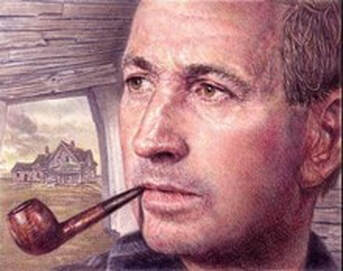
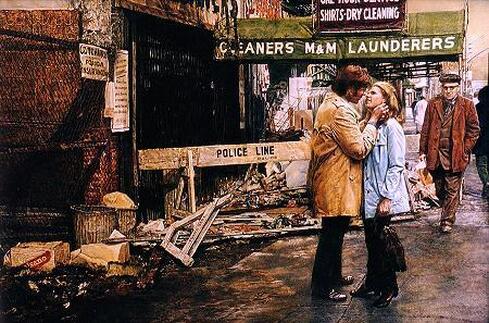
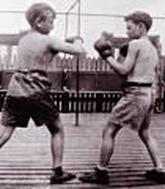
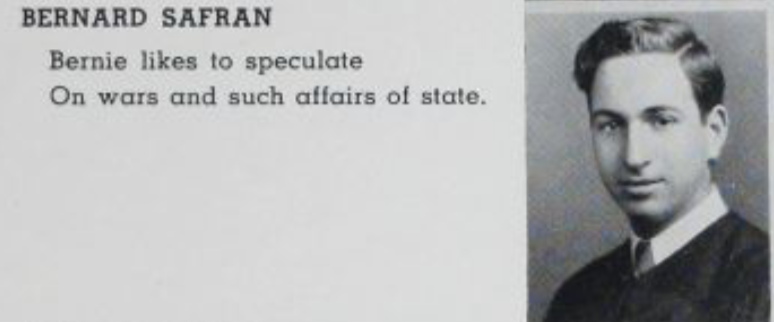
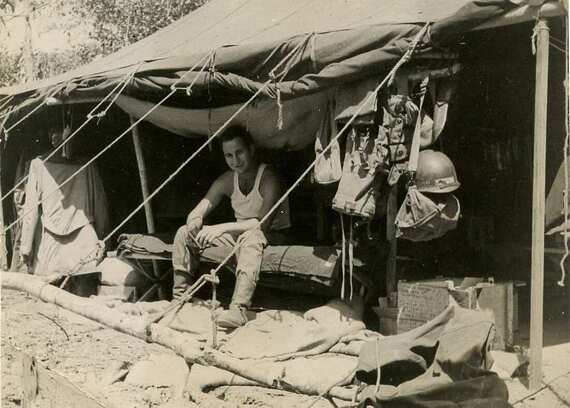
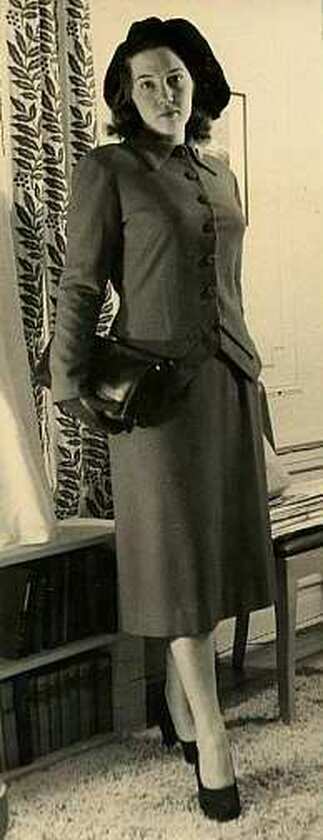
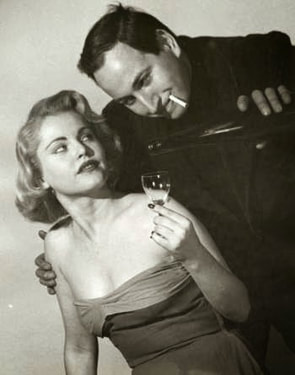

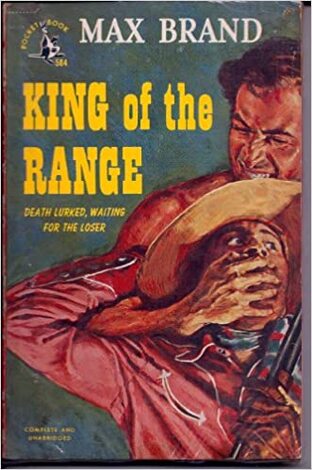
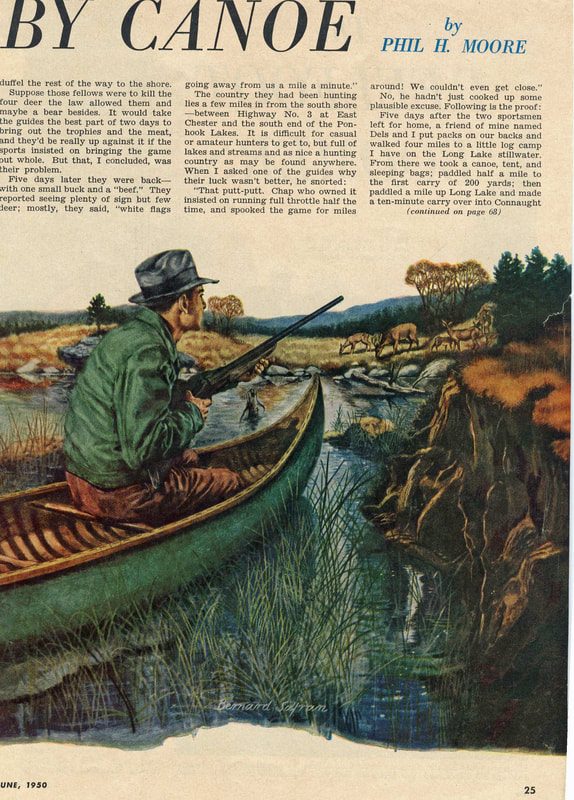
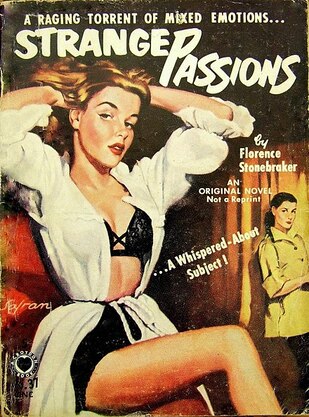
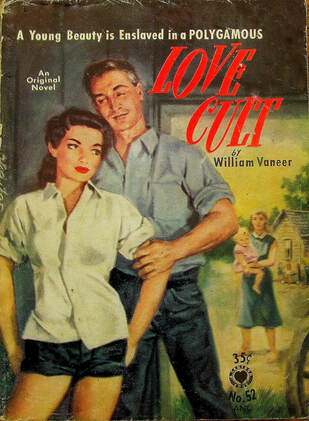
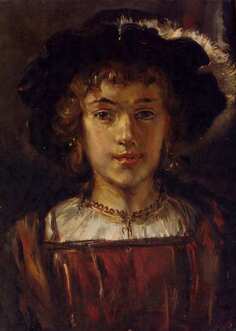
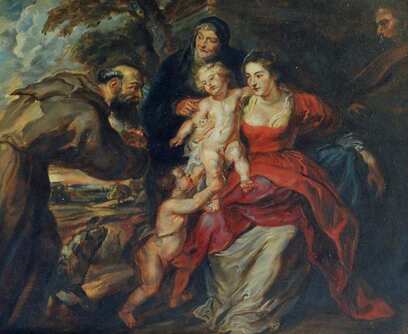
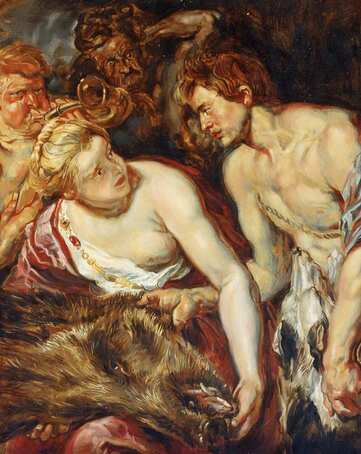
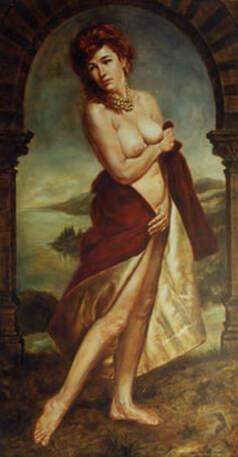
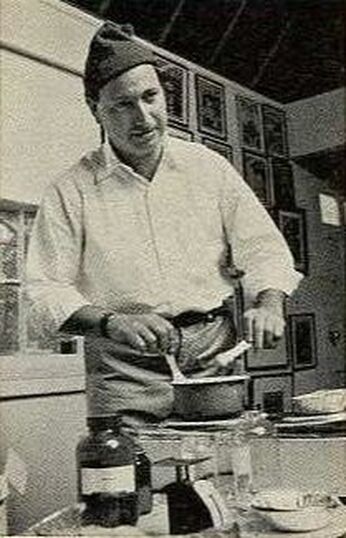
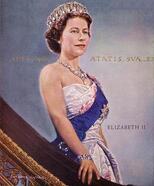
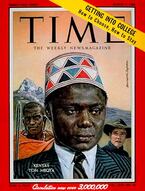
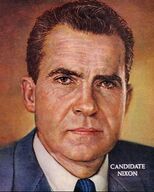
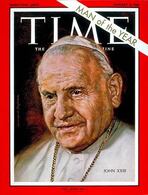
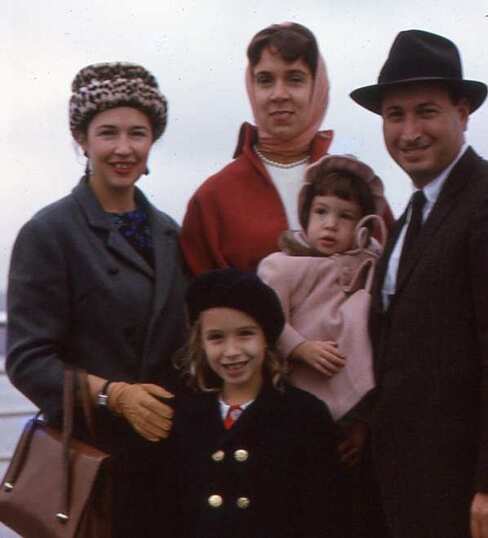
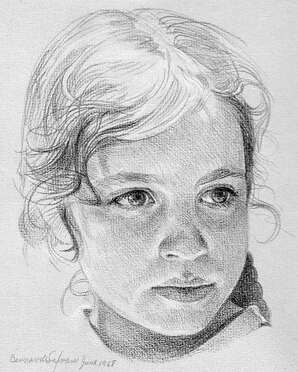
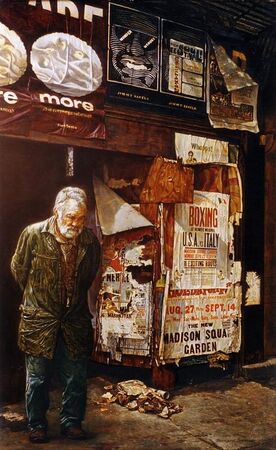
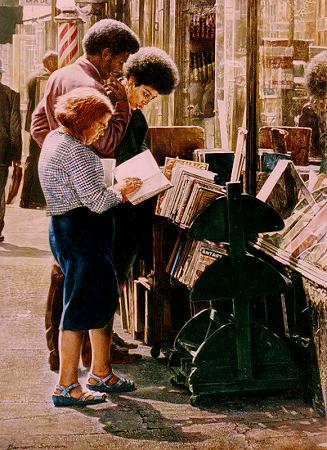
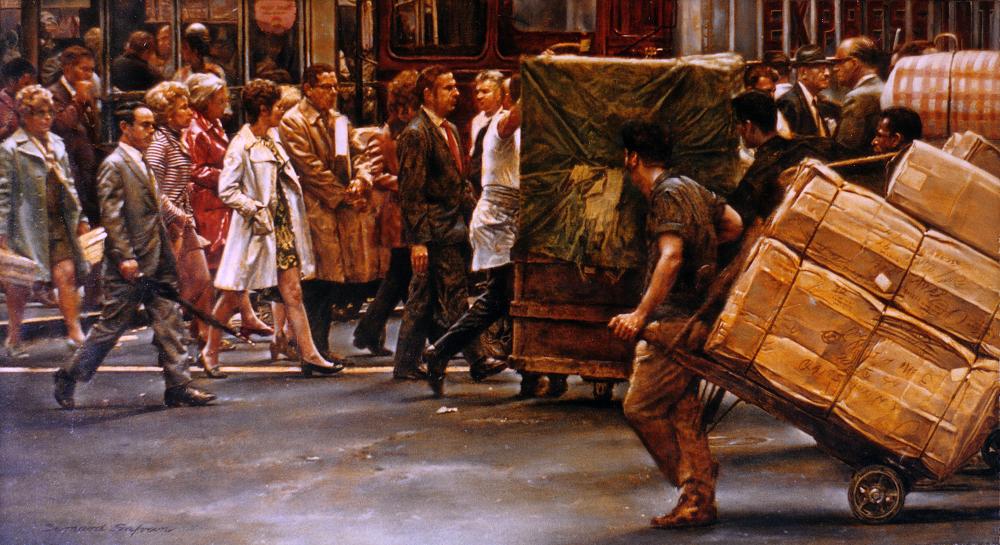
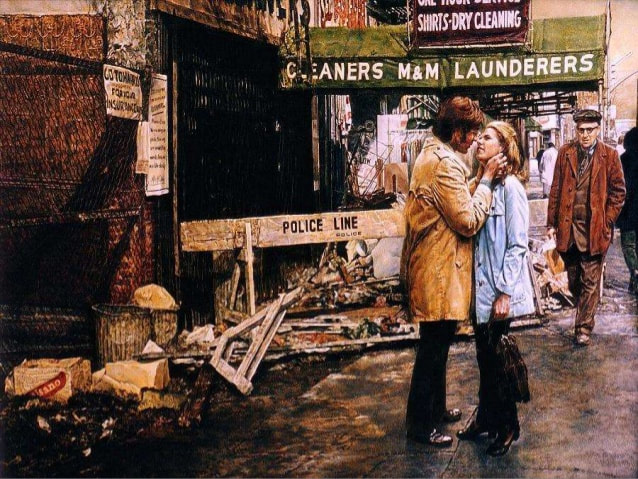
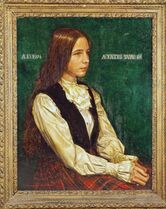
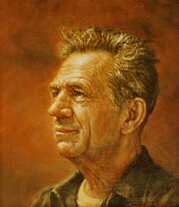
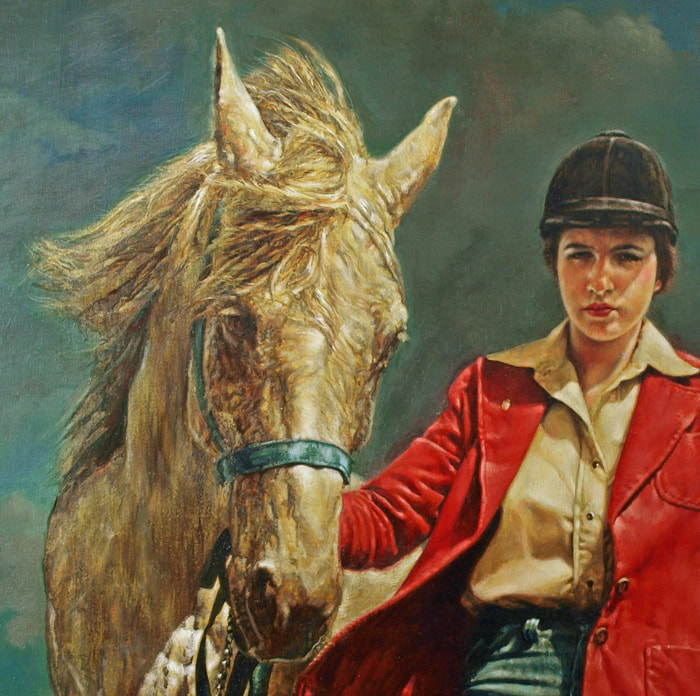
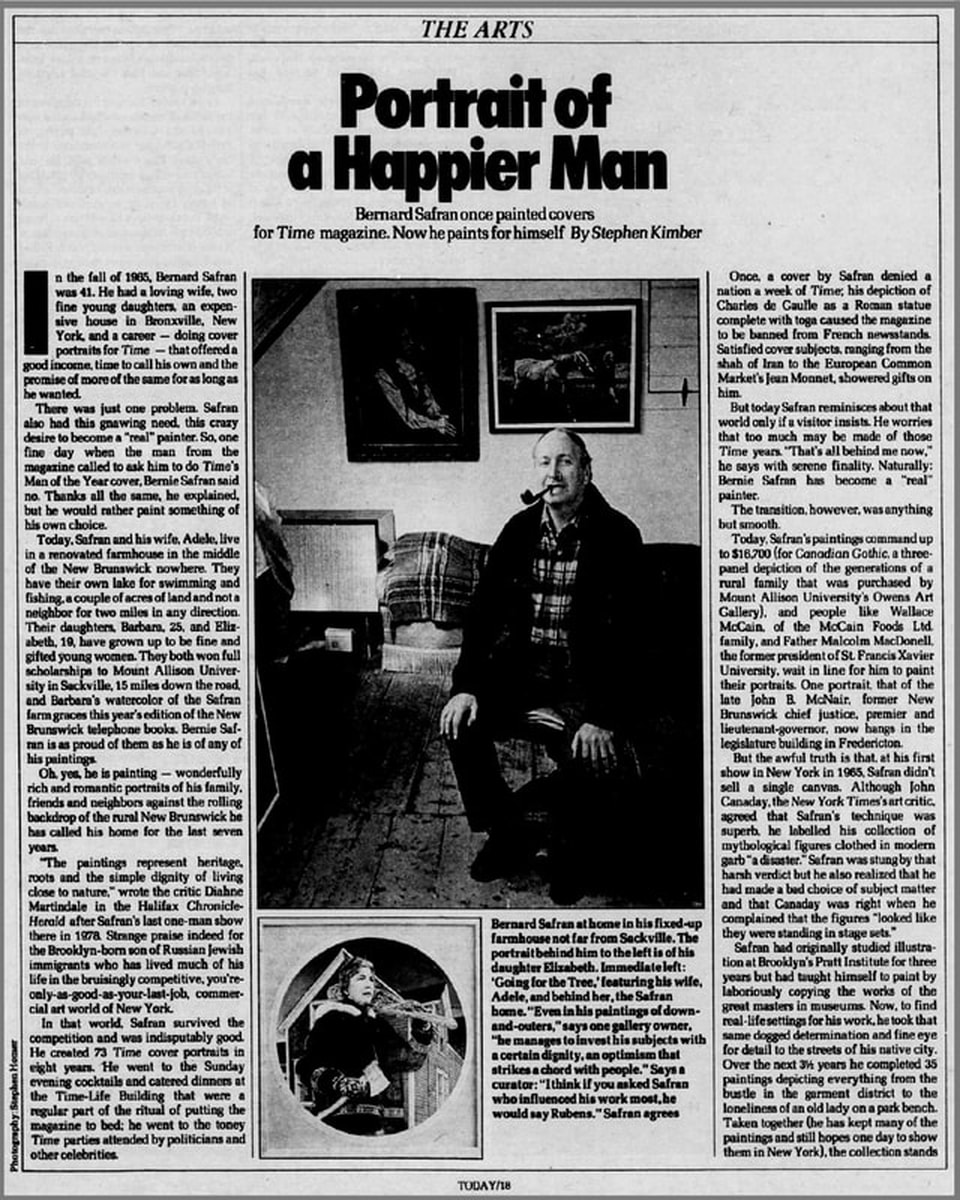
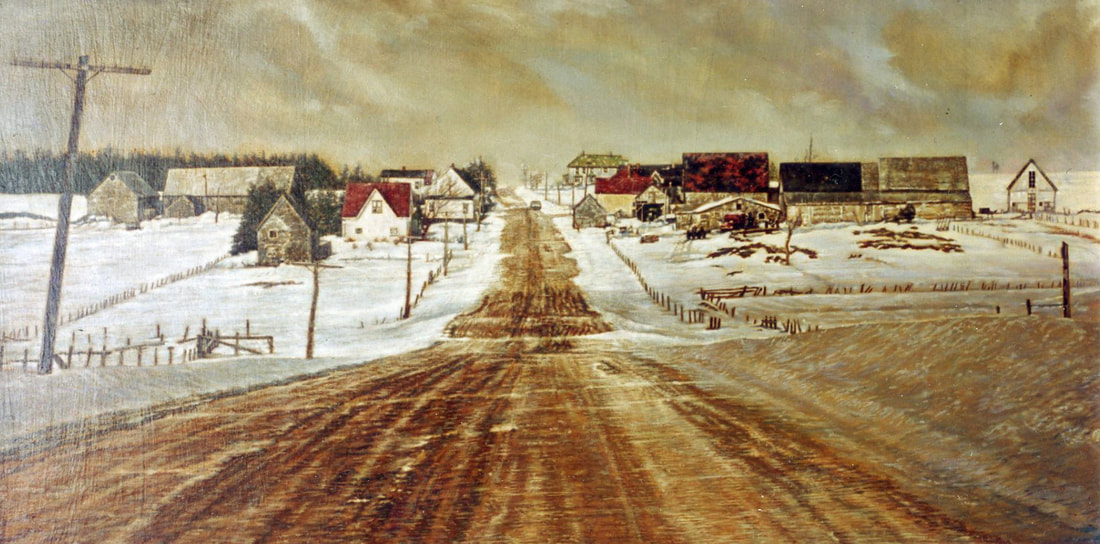
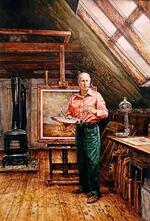
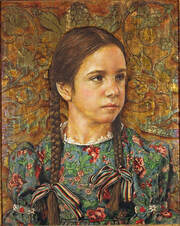
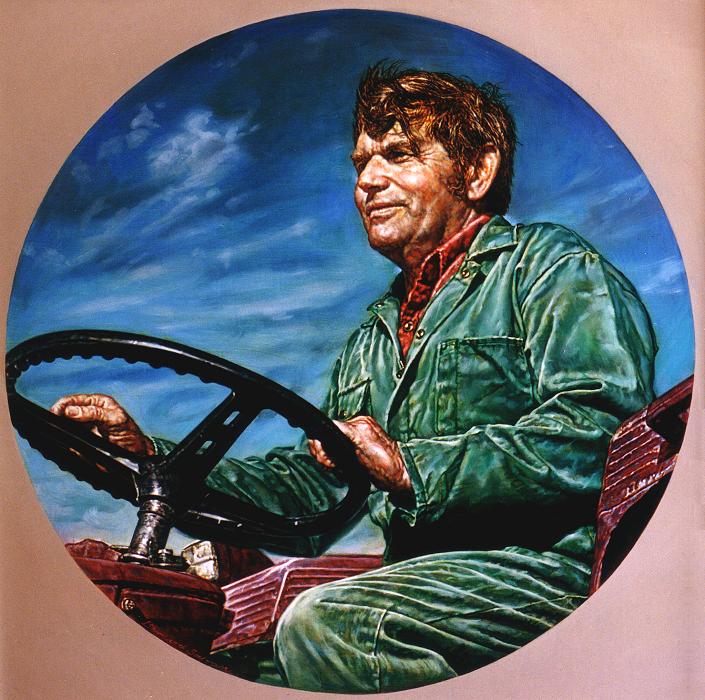
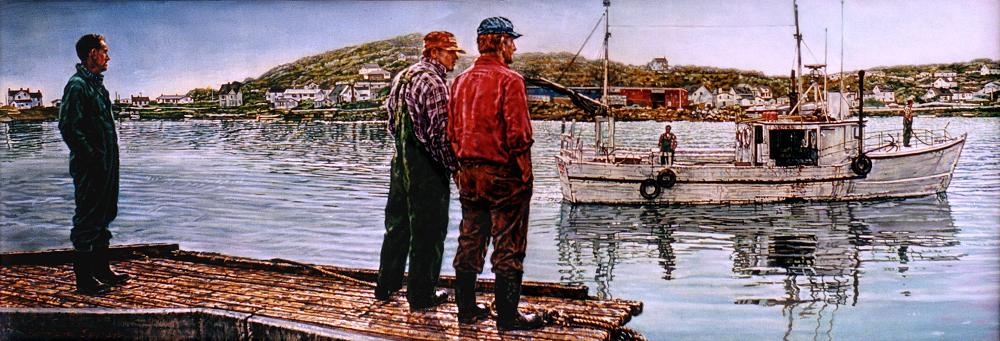
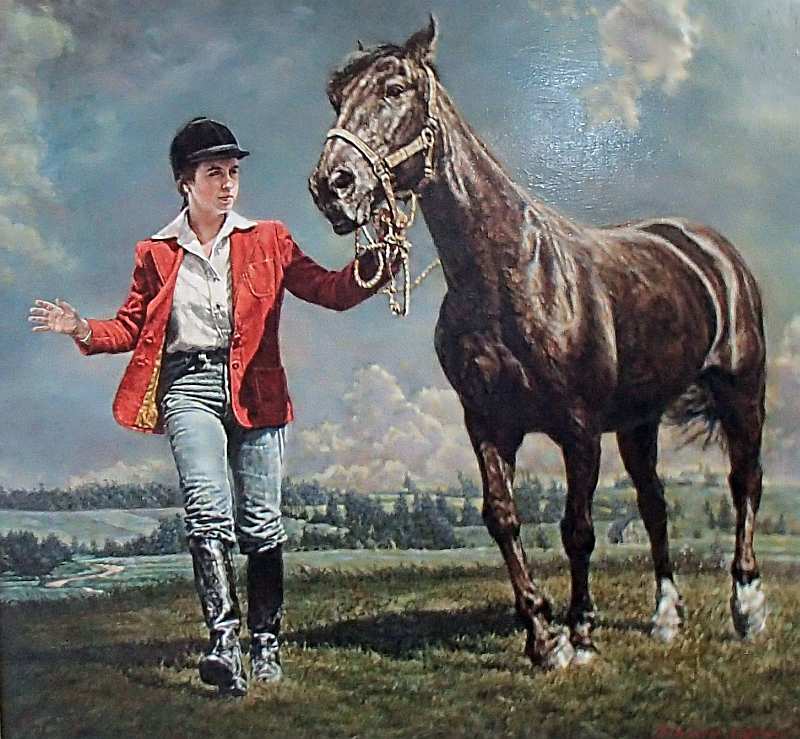
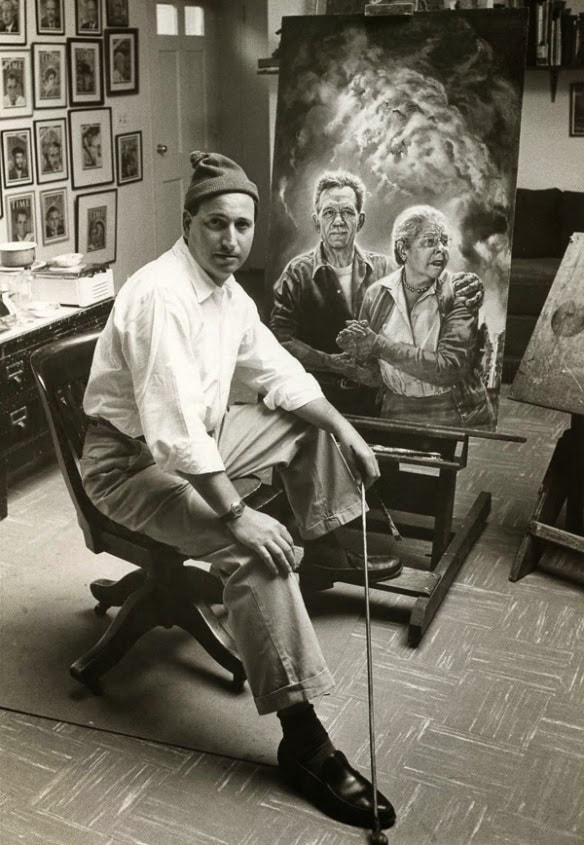
 RSS Feed
RSS Feed